10 Best Adventures of 1948
By:
July 16, 2018
Seventy years ago, the following 10 adventures — selected from my Best Forties (1944–1953) Adventure list — were first serialized or published in book form. They’re my favorite adventures published that year.
Note that 1948 is, according to my unique periodization schema, the fifth year of the cultural “decade” know as the Nineteen-Forties. Therefore, we have arrived at the apex of the Forties; the titles on my 1948 and 1949 lists represent, more or less, what Nineteen-Forties adventure writing is all about. That is, noir (crime adventure in which the protagonist is usually not a detective, but instead a victim, a suspect, or even a perpetrator), and Buchan-esque yet wised-up adventures by the likes of Helen MacInnes, Hammond Innes, Geoffrey Household, and Michael Innes. Plus, the Golden Age of science fiction.
Please let me know if I’ve missed any adventures from this year that you particularly admire. Enjoy!
- Hammond Innes’s sea-going/jailbreak adventure Maddon’s Rock (in the US: Gale Warning). During the final days of WWII, a shipment of silver is secretively shipped to England, on a rust-bucket freighter, from Murmansk; three British soldiers (including Corporal Jim Vardy, and the working-class Bert Cook) are assigned to guard the treasure… but they’re patsies in a hijacking scheme. There’s a pretty girl, a violent storm, and the ship apparently sinks. Jim and Bert are thrown in prison, found guilt of mutiny! Inspired, as the author admits in the book’s dedication, by Robert Louis Stevenson’s Treasure Island, Innes’s yarn involves foul-weather sailing, skulduggery at sea, a daring escape from a maximum-security prison (and a flight across England to Scotland), and a final battle — with an unhinged enemy — on an isolated, rocky island surrounded by mountainous waves somewhere in the Barents Sea. It’s a fast-paced thriller, leavened by romance and a bit of humor. Fun facts: Mac, the Scottish engineer who accompanies our heroes to Maddon’s Rock, is a classic of his type: “But dinna blame me if the whole engine-room falls oot through the bottom of her. She’s no’ jist oot of the yards, ye ken. Ye canna afford to take liberties wi’ a ship in this condition.”
- Vernon Sullivan (Boris Vian)’s sci-fi/crime adventure Et On Tuera Tous Les Affreux (To Hell with the Ugly). Rocky Bailey, a magnificently handsome and athletic young man who runs with a fast Hollywood crowd, has decided to save himself for marriage; that is to say, he is determined to remain a virgin. Even when he’s knocked over the head, and wakes up in bed with a beautiful naked woman, he refuses to break his vow of abstinence. Alas, this means that his sperm must be extracted in a less pleasant fashion. He finds a dead body at the nightclub where he was abducted, and discovers that beautiful women have been disappearing lately… what’s going on? It turns out that a Dr. Schutz, is attempting to breed a master race of highly attractive people! Aided by some of the mad scientist’s imperfect experiments, not to mention US Marines and FBI agents, Rocky seeks to put the kibosh on this Dr. Moreau-like scheme. The action moves from a noir Los Angeles to Dr. Schutz’s island lair — it’s a genre-bending yarn, preposterous and pornographic all at once, anticipating everything from The Rocky Horror Picture Show to the Austin Powers movies. Fun facts: Reissued by TamTam Books. Publisher Tosh Berman says: “Vian’s love of pulp literature is an outlet of his terror fantasies of what America is at the time of the writing of this novel — late 1940’s. This book reads like a Hardy Boys young adult novel with sex and mixed in the soup great pulp science fiction touches.”
- Josephine Tey’s Inspector Grant crime adventure The Franchise Affair. Betty Kane, a lower-middle-class girl of 15, has gone missing for weeks; she claims that she was held prisoner and abused by two upper-class women — Marion Sharpe, and her mother — who demanded that she work for them as a maid-servant. The Sharpes’ home, called The Franchise, is located behind high walls, and they’re semi-recluses, so it’s impossible for them to disprove Betty’s story. Marion hires Robert Blair, a respectable, if lazy solicitor in the same village, to defend them. (Inspector Grant plays a minor, somewhat reluctant role.) As Blair seeks the truth about Betty, Tey offers us memorable, subtle portraits of each of the novel’s characters; she also paints a rather reactionary portrait of an England where the lower classes no longer know their proper place, and in which tabloid newspapers can whip the general public into a frenzy by reporting sensationalized news. Will Blair crack the case before the riled-up villagers do something terrible? Fun facts: Based on the real-life case of Elizabeth Canning in 1753, the novel has been voted one of the 100 best crime novels of all time, and one of the 30 best crime novels by a female uthor. It was adapted as a 1951 British thriller film of the same title, directed by Lawrence Huntington and starring Michael Denison, Dulcie Gray, and Marjorie Fielding.
- Al Capp’s satirical Li’l Abner adventure The Life and Times of the Shmoo. Following a musical sound into the forbidden “Valley of the Shmoon,” Li’l Abner — the naïve, sweet-natured titular hillbilly protagonist of Al Capp’s long-running (1934–1977) newspaper comic strip — discovers a lost species, the Shmoo! Though warned by their keeper that the gentle and frolicsome Shmoos, which multiply exponentially, taste delicious (and love to be eaten), lay eggs and milk, and can be used for clothing, are a menace to humanity, Li’l Abner introduces the creatures to the world. An economic collapse results, since people no longer need to purchase food or clothing, or entertainment (they love watching the Shmoos frolic). J. Roaringham Fatback, the “Pork King,” orders a violent extermination campaign. Will Li’l Abner be able to rescue the Shmoos, or will greed and corruption triumph? Fun facts: The Shmoo sequence appeared in newspapers during 1948; and that same year, The Life and Times of the Shmoo was released as a paperback. It’s been called the first cartoon book to achieve serious literary attention; it sold 700,000 copies in its first year. Shmoos were a huge pop culture phenomenon, spawning songs, dances, apparel, and endless tchotchkes, from dolls and games to jewelry and fountain pens.
- C.S. Forester’s Horatio Hornblower historical sea-going adventure Mr. Midshipman Hornblower (serialized 1948; in book form, 1950). An episodic account of Horatio Hornblower’s adventures as a young man, when he’s first joined the Royal Navy as an an awkward, shy, seasick midshipman. Harassed mercilessly by Simpson, a senior midshipman, he grows so despondent that he finally challenges the bully to a duel. Placed in temporary command of a captured French ship full of rice, Hornblower tries desperately to prevent it from sinking… because it’s taking on water, and the rice is expanding. Captured by a privateer, Hornblower attempts to sabotage the French ship — risking his own life — rather than allow it to escape from a pursuing British ship. While leading a crew of British sailors and marines to sneak up on a French ship, one of his men has an epileptic seizure — what is Hornblower to do? I’m also fond of a story in which Hornblower’s passenger, the Duchess of Wharfedale, helps him to smuggle dispatches when Hornblower’s ship is captured by the Spanish. Fun facts: Chronologically the first book in the Hornblower series; it was written as a prequel. (The first Hornblower novel, The Happy Return, was published in 1937.)
- Hergé‘s Tintin adventure Tintin au pays de l’or noir (Land of Black Gold, serialized 1939–1940, 1948–1950; color album published 1950). A militant group is sabotaging oil supplies in the Middle East — causing car engines to spontaneously explode across Europe. Hoping to prevent a second world war, Tintin, Snowy, and Thomson and Thompson set off for the kingdom of Khemed to investigate. Tintin is kidnapped by an Arab insurgent attempting to overthrow the Emir, Mohammed Ben Kalish Ezab. Escaping into the desert, Tintin encounters Dr. Müller, the Buchan-esque criminal and foreign agent from The Black Island (1937–1938), who is sabotaging the pipelines of Arabex, the Emir’s preferred oil company. After surviving a sandstorm and reuniting with Thomson and Thompson, Tintin arrives in Khemed’s capital city of Wadesdah, only to discover that Müller has kidnapped the Emir’s beloved son, Prince Abdullah! Tintin sets off to rescue the prince, who turns out to be a “Red Chief”-style spoiled brat. Thomson and Thompson, meanwhile, mistakenly ingest Formula 14, which turns out to be the substance (invented by Müller) that is causing engines to explode; the results are, shall we say, chemical-comical. Fun facts: Captain Haddock is mobilized into the Navy, at the beginning of the story; he doesn’t reappear until the end. This is because the story was originally serialized from September 1939 until the German invasion of Belgium in May 1940; Haddock wasn’t introduced until The Crab with the Golden Claws was serialized in 1940–1941. When Hergé revived Land of Black Gold in 1948, he made many changes — for example, Müller was originally a Nazi agent.
- Cecil Day-Lewis’s children’s adventure The Otterbury Incident. George, our narrator, is a 13-year-old boy who fancies himself something of a military historian — which makes this a truly enjoyable read, for all ages. In the fictional English town of Otterbury, a war orphan — Nick — is tasked with paying for the damage to one of the school’s windows, which he has accidentally broken. His schoolmates — who are divided into two warring factions, known as Ted’s Company and Toppy’s Company, decide to help him out. (George is second-in-command of Ted’s Company; he despises their rivals.) Hostilities are temporarily suspended while the entirely unsupervised boys carry out various money-making schemes. Alas, the local spiv, Johnny Sharp, and his accomplice, “The Wart,” steal the boys’ earnings. When Sharp threatens them with a razor, and locks them in the tower of the local church, they plan an elaborate counter-attack. Relying on their guerrilla scouting and combat skills they’ve honed in their own intramural war, they raid a shady warehouse… only to discover evidence of criminal activities from black-market trading to counterfeiting! Now what? Fun facts: Illustrated by Edward Ardizzone. If the plot of The Otterbury Incident sounds like a French movie about schoolboys running wild, you’re right — it’s an adaptation of the screenplay for Nous les gosses (Us Kids), directed by Louis Daquin in 1941. Cecil Day-Lewis also wrote murder mysteries — including The Beast Must Die (1938), one of his best — under the pen name Nicholas Blake.
- Georges Simenon’s crime adventure La Neige Etait Sale (Dirty Snow). Dirty Snow has been described as one of the best novels depicting what it was like to live in a German-occupied country during WWII. Frank Friedmaier, a teenage pimp and thug, is living well during the occupation of Belgium — because his mother runs a whorehouse catering to Germans. No sympathetic figure, Friedmaier is the missing link between Mersault, the Arab-killing stranger in Albert Camus’s 1942 philosophical novel L’Étranger, and Lou Ford, the cunning and depraved sociopath in Jim Thompson’s 1952 hardboiled novel The Killer Inside Me. (It’s less cerebral, more gritty than the former; more thoughtful than the latter.) Over the course of a long, cold winter, Frank commits brutal crimes: He stabs a German officer; and then, during a petty burglary in his hometown village, kills a former neighbor. He sexually victimizes and humiliates a young woman who is attracted to him. Once he’s arrested and locked up — suspected of a crime he didn’t commit — the hoodlum begins to philosophize. Fun facts: Reissued in 2003 by New York Review Books, with an Afterword by William T. Vollmann. Simenon wrote nearly 400 books; he is best known as the author of 75 detective novels featuring Inspector Maigret. P.D. James says: “A writer who, more than any other crime novelist, combined a high literary reputation with popular appeal.”
- Kid Colt western adventure comics (1948–1979). When I was an adolescent buying tattered ’50s comics from flea markets and thrift stores, I was a sucker for these stories about a peripatetic young gunslinger with a quick temper who tries to restore his reputation, and help the law… but usually ends up getting into worse trouble. After Blaine Colt’s father is murdered by bandits, he challenges them to a gunfight — and, because he is an incredible shot with his six-guns — kills them all. He is accused of murder, and takes it on the lam. (Kid Colt, published by Marvel predecessor Timely and later Marvel, was at first subtitled “Hero of the West,” but after a few issues this was improved to “Outlaw.”) Montana native Pete Tumlinson’s artwork, from May 1951 — January 1953, is pretty great; though Jack Keller, who drew the character for a dozen years after that, is the talented artist with whom this reader associates Kid Colt. So popular was the character that after the mid-1960s, when pretty much every other western comic had bitten the dust, Marvel kept blazing away with Kid Colt reprints. Fun facts: Kid Colt was the longest-running cowboy character in the history of American comic books. From 1959-1965, Stan Lee wrote many of the stories; Jack Kirby and Dick Ayers drew the covers.
- Edmund Crispin’s Gervase Fen crime adventure Buried for Pleasure. Crispin published two Gervase Fen adventures in 1948; I prefer this one, I think, to the better-known Love Lies Bleeding. In his sixth outing, Fen — a professor of English Literature at Oxford, and well-known amateur detective — temporarily relocates to a small village on England’s east coast, where he campaigns for a seat in Parliament. The novel satirizes English postwar political life, which — thanks to the Labour Party’s 1945 landslide victory, had recently set up the National Health Service and nationalized a fifth of the economy; at one point, Fen delivers a heartfelt speech praising his countrymen’s political apathy. Meanwhile, a policeman acquaintance of Fen’s who is in the area investigating a poisoning/blackmailing case, is murdered, and a mysterious young woman is run over! Whodunit? Was it the murder-mystery author who is obsessed with a barmaid? The socialist aristocrat who argues politics with the beautiful female taxi driver? The minister whose house is haunted by a poltergeist? Or the naked escaped lunatic who believes that he is Woodrow Wilson, and who shouts “Boo!” at unsuspecting women? Fun facts: Bruce Montgomery was an Oxford alumnus, music teacher, and composer who would go on to write the scores for many British comedies of the 1950s. He borrowed the pen name “Edmund Crispin” from a character in Hamlet, Revenge!, Michael Innes’s 1937 murder mystery.
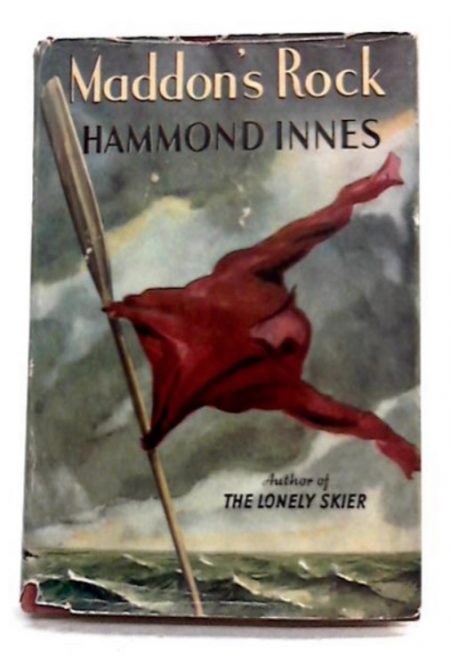
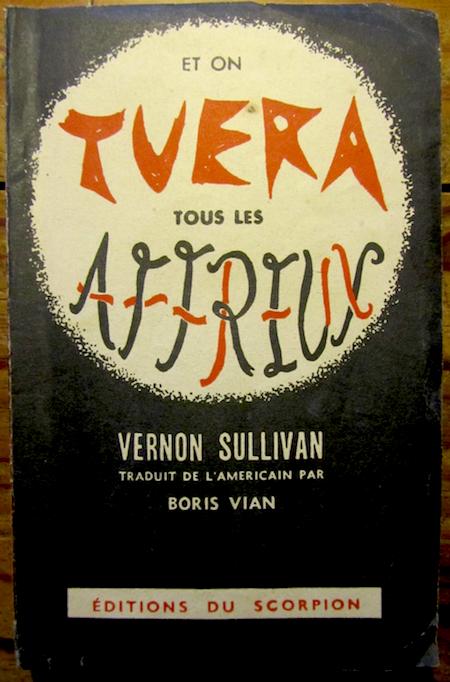
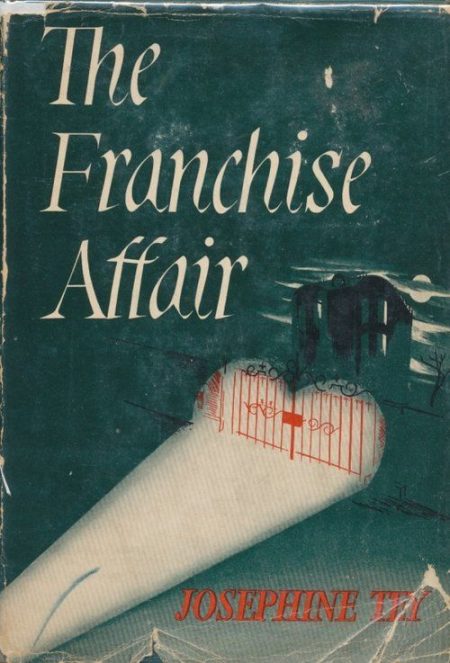
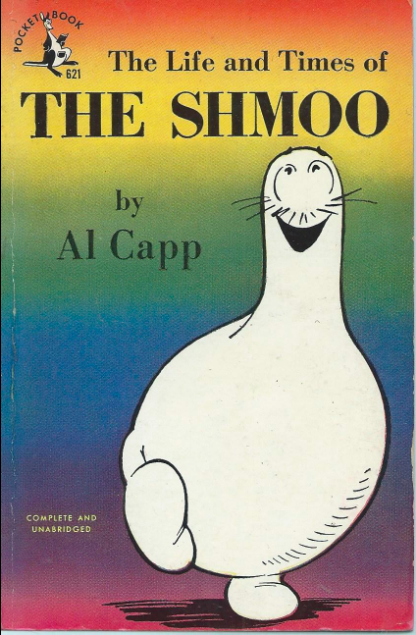
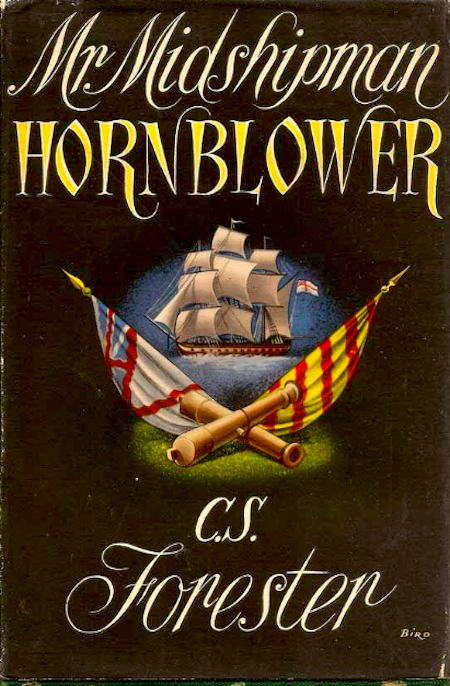
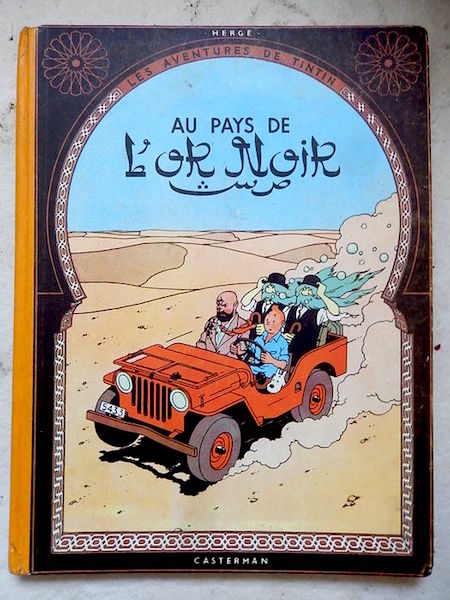
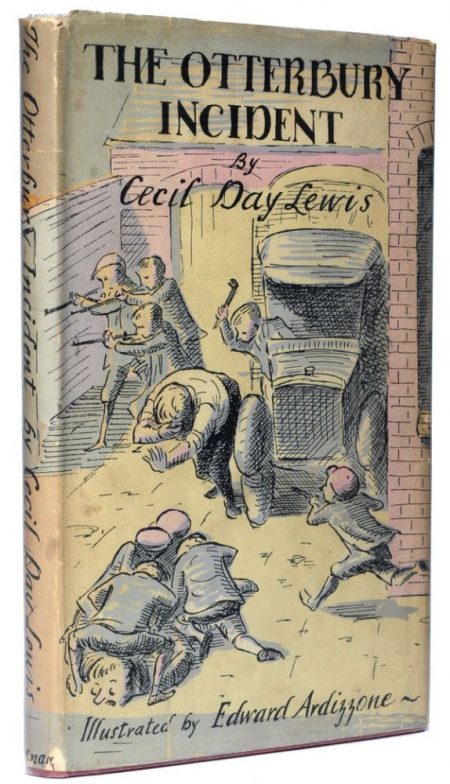
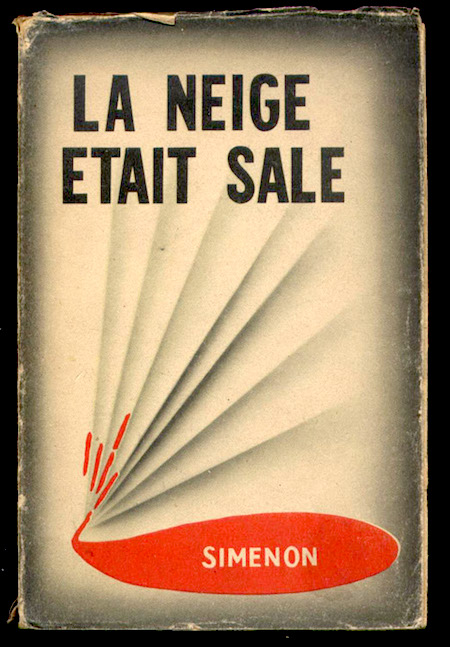
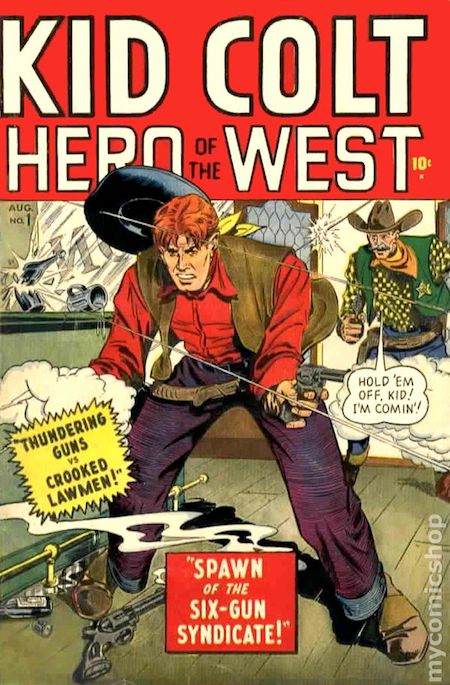
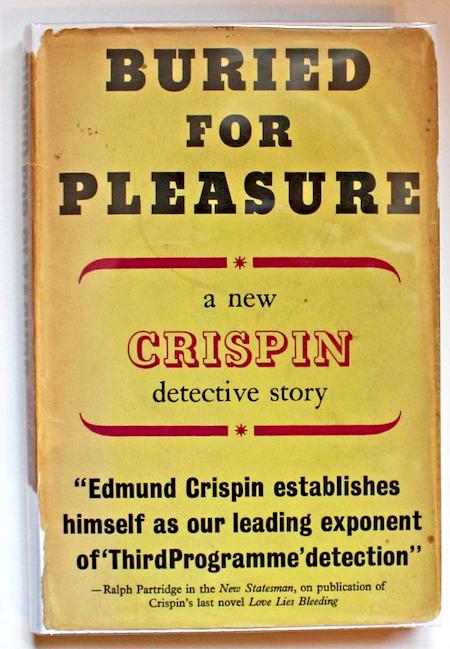
JOSH GLENN’S *BEST ADVENTURES* LISTS: BEST 250 ADVENTURES OF THE 20TH CENTURY | 100 BEST OUGHTS ADVENTURES | 100 BEST RADIUM AGE (PROTO-)SCI-FI ADVENTURES | 100 BEST TEENS ADVENTURES | 100 BEST TWENTIES ADVENTURES | 100 BEST THIRTIES ADVENTURES | 75 BEST GOLDEN AGE SCI-FI ADVENTURES | 100 BEST FORTIES ADVENTURES | 100 BEST FIFTIES ADVENTURES | 100 BEST SIXTIES ADVENTURES | 75 BEST NEW WAVE SCI FI ADVENTURES | 100 BEST SEVENTIES ADVENTURES | 100 BEST EIGHTIES ADVENTURES | 75 BEST DIAMOND AGE SCI-FI ADVENTURES | 100 BEST NINETIES ADVENTURES (in progress) | 1994 | 1995 | 1996 | 1997 | 1998 | 1999 | 2000 | 2001 | 2002 | 2003 | NOTES ON 21st-CENTURY ADVENTURES.
